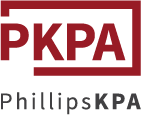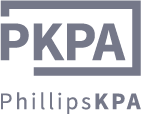Quality Assurance of Work Integrated Learning in Australian Higher Education
Commonwealth Department of Education, Skills and Employment
We provided advice to the Higher Education Standards Panel (HESP) on the adequacy of quality assurance arrangements and the associated policy guidance for Work Integrated Learning (WIL) activities undertaken as part of higher education courses in Australian higher education. The expansion of WIL beyond fields of study with long-established approaches to the design and oversight of experiences required for entry to professions had raised concerns about the quality of the WIL experience for students and their learning outcomes. The project team also examined the adequacy of the quality assurance arrangements and the appropriateness of policy settings to support industry workplace or end-user placements (‘placements’) undertaken as part of postgraduate (higher) degrees by research (HDR).
Our project included a review of national and international literature; consultations with stakeholders; and responses from 37 universities and 16 non-university providers to a survey requesting detailed information on quality assurance arrangements for WIL and related activities, including undergraduate and HDR students. We also conducted an online survey of HDR students about their experience of industry, workplace or end user placement activities. The survey generated 1770 responses.
Our final report responded to the issues identified by the HESP and the Department of Education, Skills and Employment. The report examined the nature and extent of WIL activities in Australia and the impact of its expansion across a broader range of disciplines; addressed the adequacy of institutional quality assurance arrangements as reported by providers, reported on quality assurance issues specific to HDR programs involving placements and examined the adequacy of the Higher Education Standards and advice to providers and provided a summary of the issues and implications for stakeholders. It also included an analysis of the adequacy of the policy settings for industry placements for HDR students.



